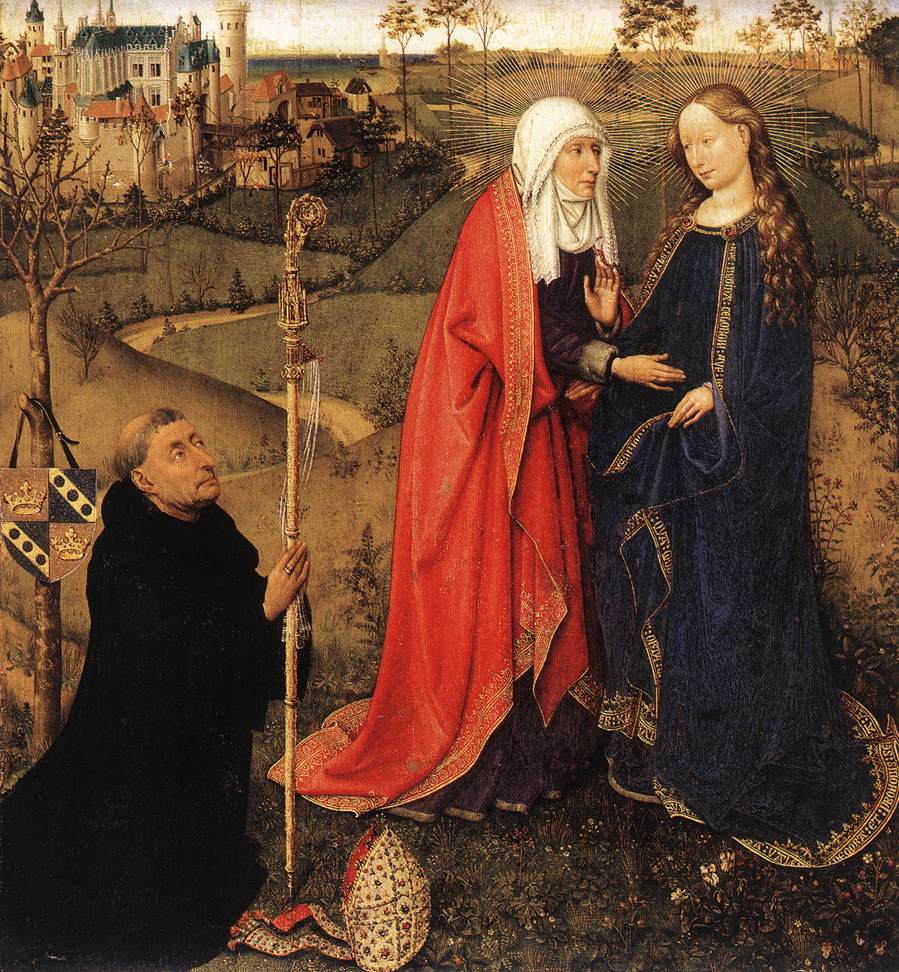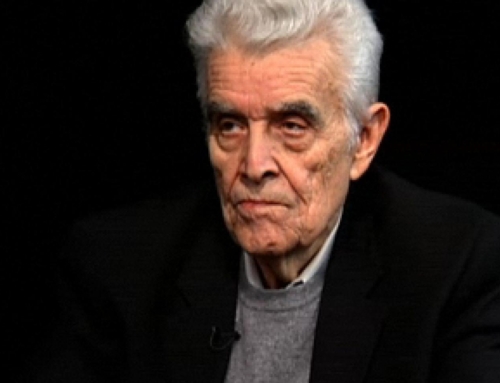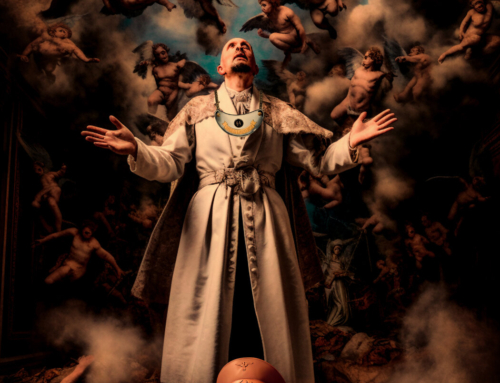I’ve been doing some extra reading to prepare for the third week of our Advent online course- Characters of Christmas. Last week we looked at the historical background of the infancy narratives and that of St Joseph and the Blessed Virgin. On Tuesday night we’ll look in depth at the Bethlehem Shepherds and the date of Christ’s birth. Latecomers can still sign up for the course by clicking on the link here and the first two sessions have been recorded so you can catch up if you like.
In reading back through the gospel accounts I noticed a detail that I had never seen before, and curiously, do not remember ever coming across anyone mentioning it in all the books I’ve read on the subject–and that is the relationship between the Blessed Virgin Mary and St Elizabeth. St Luke tells us that Elizabeth was the “kinswoman” of Mary, but it makes us wonder what was the relationship between Mary and Elizabeth and her husband Zechariah? When you make pilgrimage to the Holy Land you will probably stop to pray at the Church of the Visitation in the village of Ein Karem about five miles from Jerusalem. Zechariah and Elizabeth probably lived there in a community of other priests and their families, and the priests would go up to the temple to serve according to the duty schedules that had been set out for each priest.
The Protoevangelium of James which tells the story of the birth and childhood of the Blessed Virgin shows her parents, St Joachim and Anne to have close knowledge and relationship with the priests and the worship of the Temple. It is clear from that text that the young virgin Mary and her parents do not live in Nazareth, but near the temple in Jerusalem. Nazareth is about 65 miles North of Jerusalem. Her trek from Nazareth to Ein Karem would have been a four or five day walk.
The question arises, why was Mary in Nazareth at all? Her family roots would seem to have been in Ein Karem. That’s where she went immediately after the annunciation, and why did she go to Elizabeth and Zechariah? I suspect (and I am speculating here) that the elderly Joachim and Anne had died and Elizabeth was perhaps Anne’s sister–Mary’s aunt, and that Elizabeth and Zechariah were therefore the virgin’s adoptive parents.
Mary’s being a young orphan would also explain the betrothal to Joseph. I was teaching RCIA one year and we had group of Maronite Christians in the congregation. I explained that the idea of an older widower “adopting” a young orphaned girl by being betrothed to her, (but abstaining from intercourse) was one of the ways the extended family would care for vulnerable young women who had been orphaned. At that point one of the Maronite (from Lebanon) said, “Yes, that’s true father. This still happens in the Middle East. In more traditional communities an older man will “marry” a young girl, but it is more like she is his niece or daughter–not a wife. Not until later.”
If the young Virgin Mary was from Judea living within five miles of Jerusalem, then it would also make sense that St Joseph also lived nearby. An interesting theory has been put forth by a number of scholars that Bethlehem was not simply Joseph’s ancestral city, but that. he and his extended family actually lived in Bethlehem. If this is so, then both Joseph and Mary lived near Jerusalem. Mary in Ein Karem just five miles from Jerusalem and Joseph close by in Bethlehem which is also just six miles from Jerusalem.
If Joseph’s family lived in Bethlehem what about the “inn” in which there was “no room”? This article explains that the word translated “inn” really just means “guest room.” The stable would have been attached to the family home, and was probably the cave where the animals sheltered. Think of it more like “the basement” or “the garage”.
That Joseph’s family had a home in Bethlehem would explain why the Holy Family were able to spend longer there and why they went up the short distance from Bethlehem for the presentation in the temple, and why when the Magi arrived they found Mary and the young child not in a stable, but in a house in Bethlehem.
So where does Nazareth fit in? At that time Galilee had only fairly recently been settled by Jews from Judea who had moved North for two reasons. The first was to find work. Herod was building the grand cities of Sepphoris and Tiberias. There was therefore plenty of work for men in the building trade. We think of Joseph as a carpenter in a carpenter shop making tables and chairs, but the the word translated “carpenter” is tekton which means “builder” or even “architect.” The speculation, then, is that Joseph was from Bethlehem and his family retained a home there, but that he had moved North to Nazareth in Galilee for employment, and after his betrothal, took Mary with him to Nazareth.
The Judean migrants also moved North because many of them were conservative Jews who were part of the wider Essene movement of spirituality. Think of this as a subset of Judaism–kind of like traditionalist Catholics–with their own community, customs, prayer life, education etc.
If this is the case, then the travel between Nazareth and Judea must have been a regular occurence. There were many families like Joseph’s who retained links with Judea, but who had moved North to Galilee. The four day trip south to visit family must have been a regular occurence and when Mary travelled to visit Elizabeth she would no doubt have travelled with a group of people–as we know they did when they went up to the temple with the boy Jesus later on.
So, allowing for this speculation, we get back to the visitation. After the annunciation in Nazareth, Mary hastens back to Ein Karem to visit her aunt and uncle–her adoptive parents. They had never had children so the bond with her, as their adoptive daughter, is very close. That Elizabeth is pregnant is a huge joy not only for Elizabeth and Zechariah, but also for Mary. Elizabeth’s baby will be like a baby brother to her–and the child and her baby will be like cousins growing up together.
The infant John the Baptist recognizes Jesus by leaping in the womb, and here’s the detail I had never noticed before: Mary must have been present at the birth of John the Baptist. Why? Because we are told at the annunciation that Elizabeth’s pregnancy is six months on. We are also told that Mary stayed with Elizabeth for “about three months”. That means she remained with Elizabeth for the remainder of Elizabeth’s pregnancy and must have been present when the baby was born.
Go here to learn more about my online, real time course The Characters of Christmas







Leave A Comment
You must be logged in to post a comment.